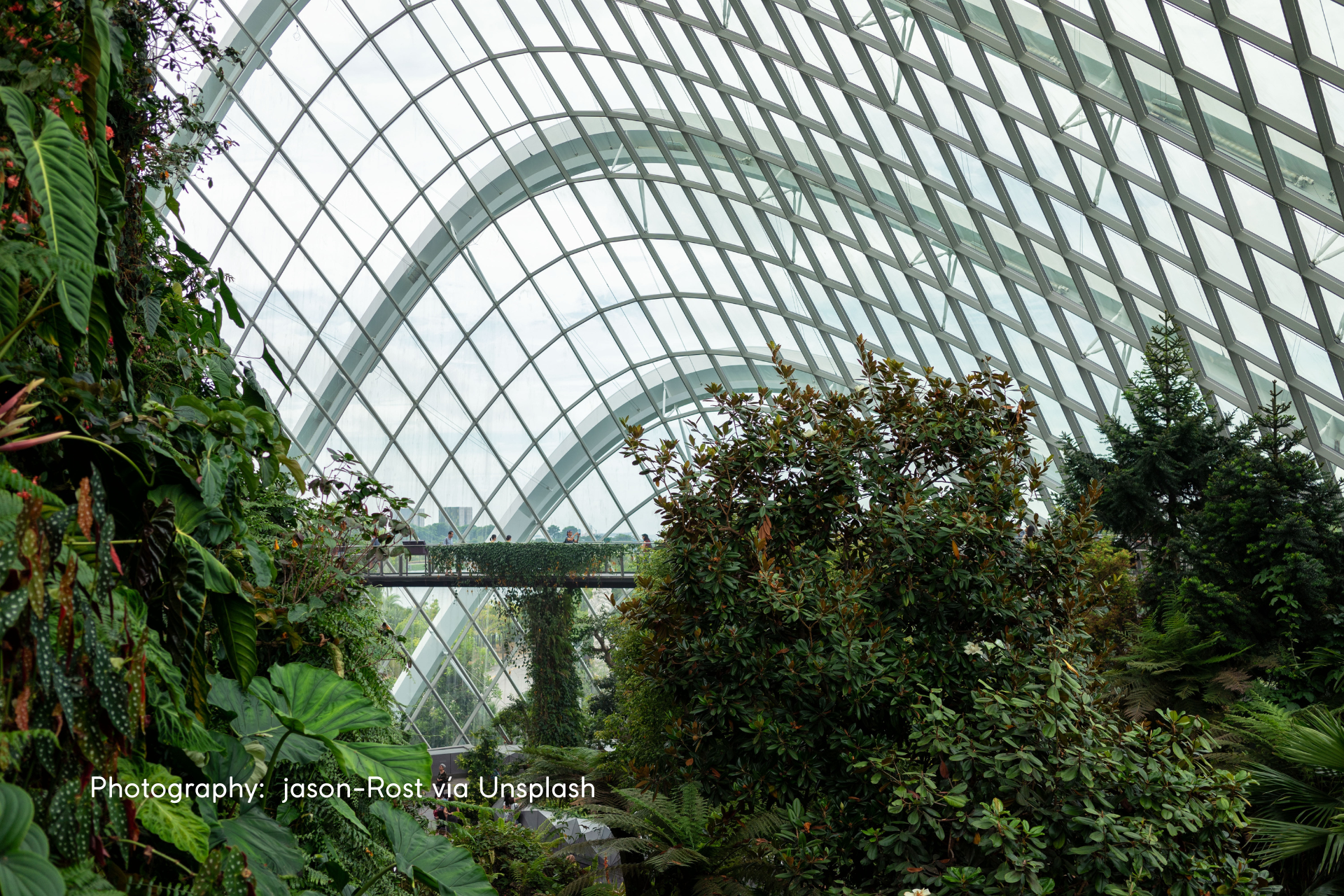
A new utopia in design: biophilia and biodiversity
In “A new utopia in design: biophilia and biodiversity” Ana Marianela Rochas-Porraz helps us reflect on how biophilia and biodiversity have become fundamental concepts in modern architecture.
Humans have been interested in other living things for thousands of years. In prehistoric times, the great frescoes of Altamira or Lascaux bear witness to the fascination that animals such as the bison or the horse aroused.
It must not be forgotten that plants and animals constituted the main sustenance of humans, a situation that evidently continues to this day.

German: Der Sommer (Landschaft mit Liebespaar).
Photography: Caspar David Friedrich, CC BY-SA 3.0, creativecommons.org, via Wikimedia Commons
The collections of plants and animals, such as the one in the garden of plants in Paris or the disappeared gardens of Nezahualcóyotl, are also examples of the ability of human beings to concentrate said natural resources in order to study and domesticate them.
Romanticism paintings, such as those by Caspar David Friedrich or those by José María Velasco, are also examples of how human beings positioned themselves in amazement before the immensity of landscapes and the abundance of nature.
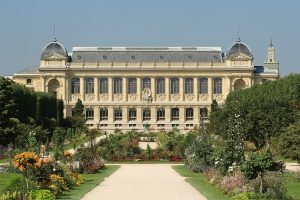
Garden of the plants in Paris.
Photography: Benh LIEU SONG, CC BY 3.0, creativecommons.org, via Wikimedia Commons
However, the term biophilia as we know it today was forged in the 20th century after World War II, based on texts such as those by Erich Fromm (1975) and Edward O. Wilson (1984).
The etymological root of the term means “love for the living”. For Fromm, it is “the passionate love of life and all that lives”. For O’Wilson, it is “the innate tendency to focus on life and biological processes.”
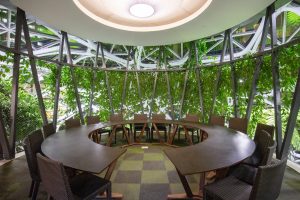
Amazon Spheres conference room.
Photography: Evan Chakroff, CC BY-SA 2.0, creative commons.org, via Wikimedia Commons
These days, the issue of biodiversity has taken on considerable importance, since this characteristic guarantees the resilience of ecosystems, and therefore, the survival of living beings. Biodiversity, according to INSEE, is the diversity of living organisms, species, genes or even the organization and distribution of ecosystems.
According to the Convention on Biological Diversity, biodiversity is defined as “the variability of three living beings of all origins”. Scientists distinguish three levels of organization in this term: ecological diversity (ecosystems); specific diversity (species) and genetic diversity (genes).
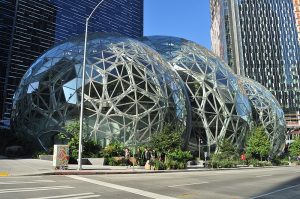
Amazon Spheres.
Photography: Joe Mabel, CC BY-SA 4.0, creative commons.org, via Wikimedia Commons
As regards the fields of architecture and landscape architecture, certain designers have been concerned with integrating biodiversity into projects. Certain proposals integrate equipment to house fauna or display vegetated surfaces on their façades and roofs.
Another option to carry out a biodiversity-friendly design is to include panels that explain the flora and fauna of the place to users and how to be respectful of their existence on the site.
Undoubtedly, respecting and increasing biodiversity is one of the challenges of habitat design in the 21st century. In the same way, designers should be sensitive when integrating nature into spaces, not only to contemplate it, but to generate true ecosystems integrated into the human habitat.
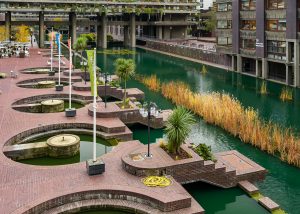
London barbican centre.
Photography: Joe Mabel, CC BY-SA 4.0, creative commons.org, via Wikimedia Commons











